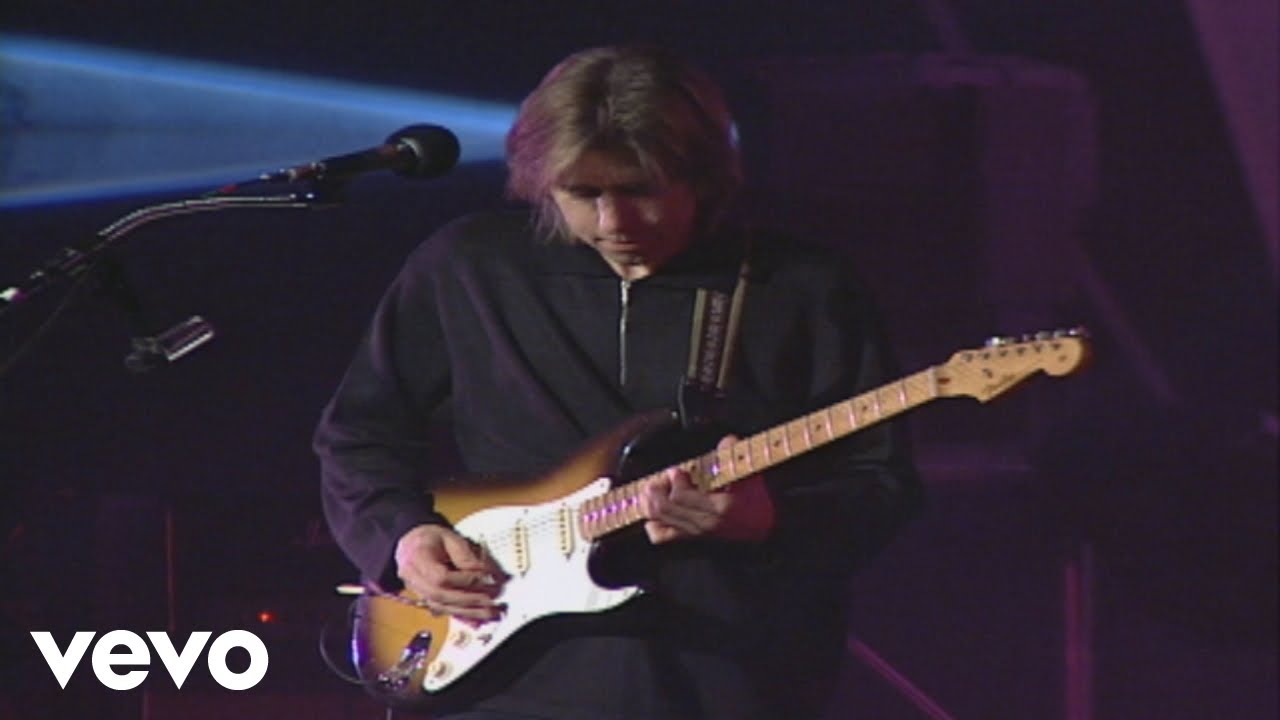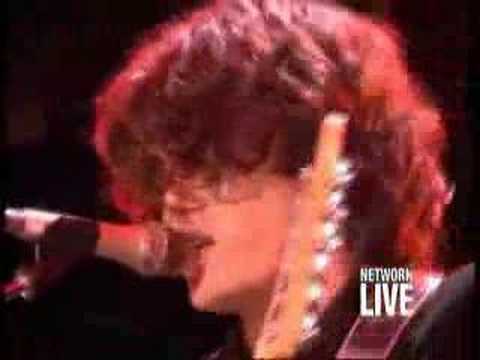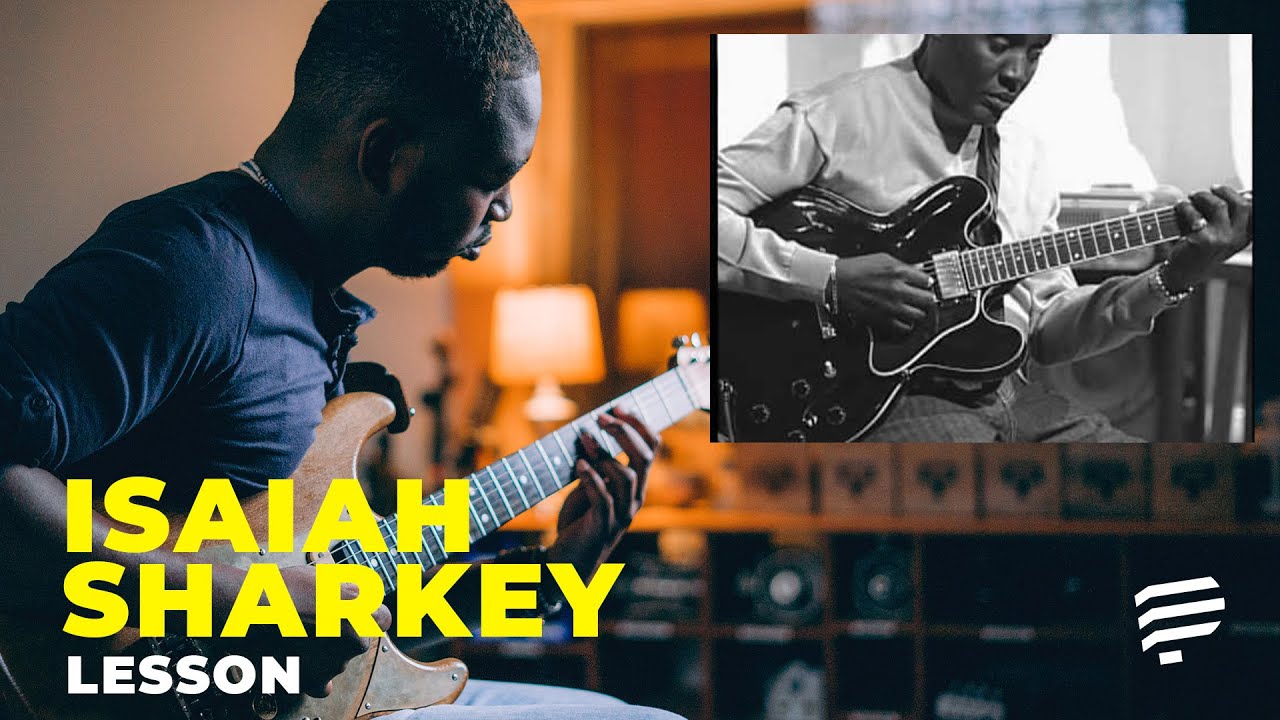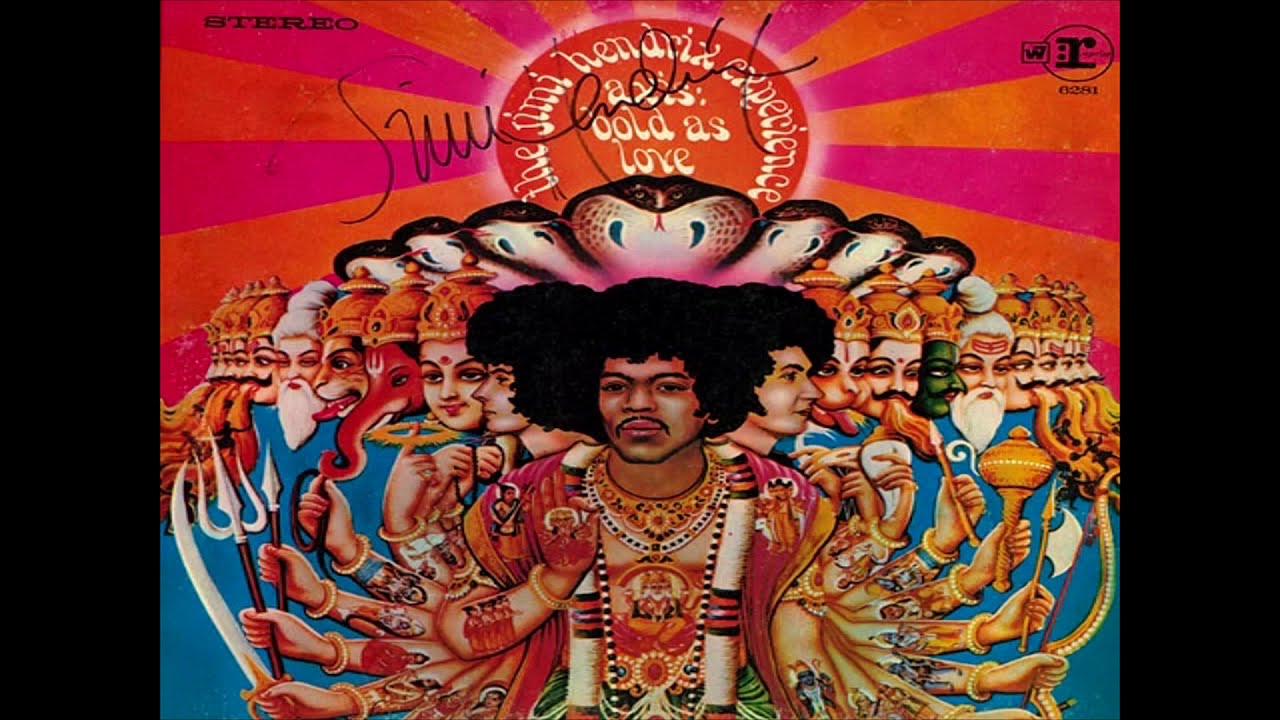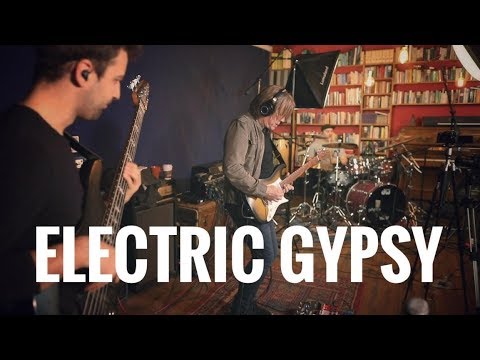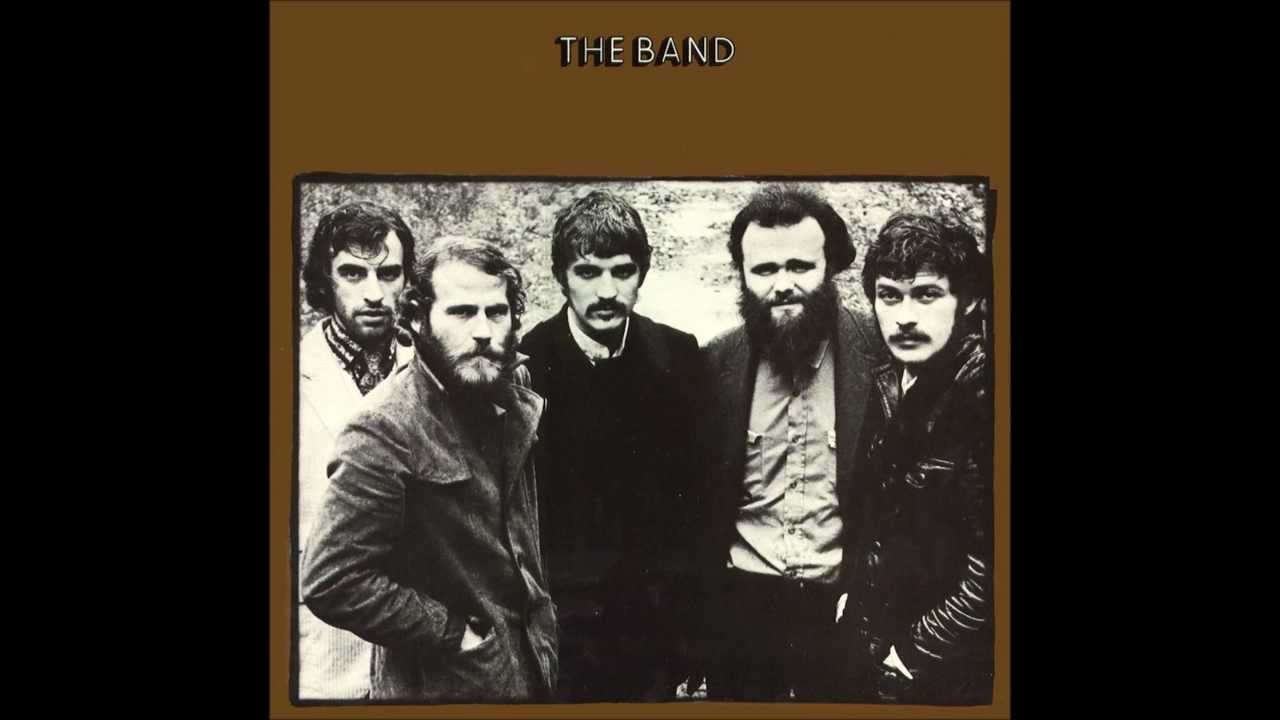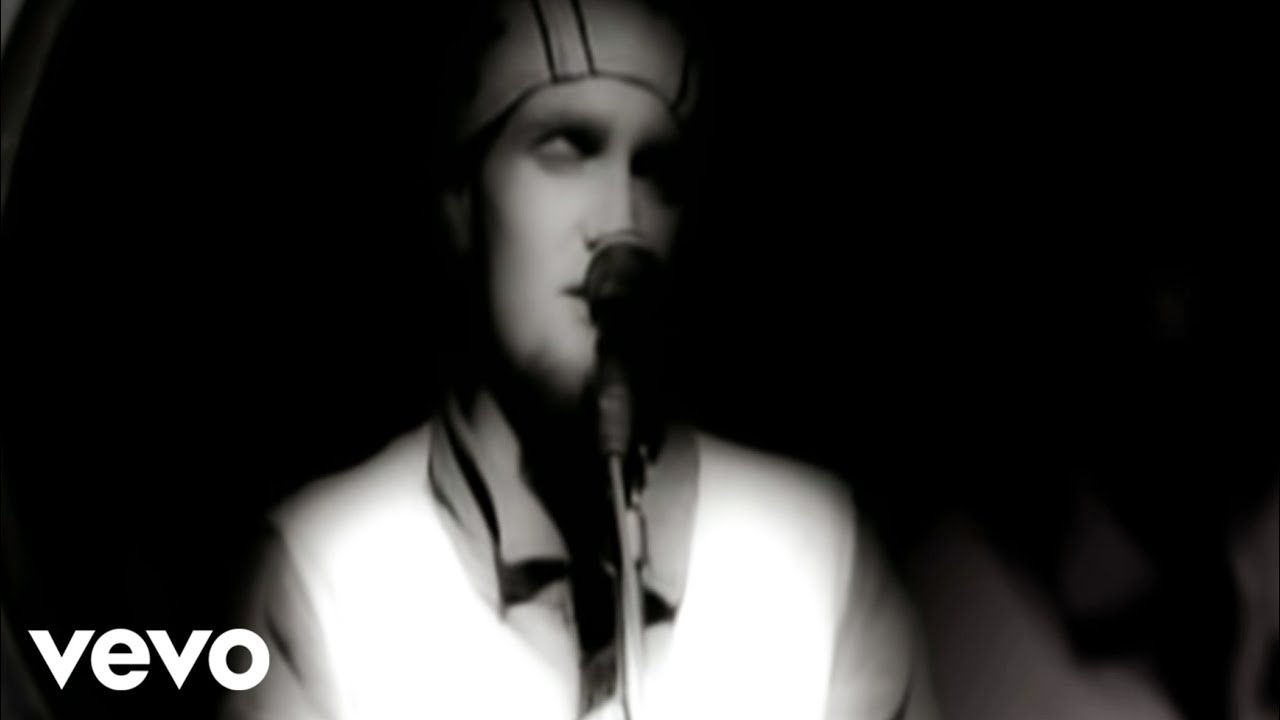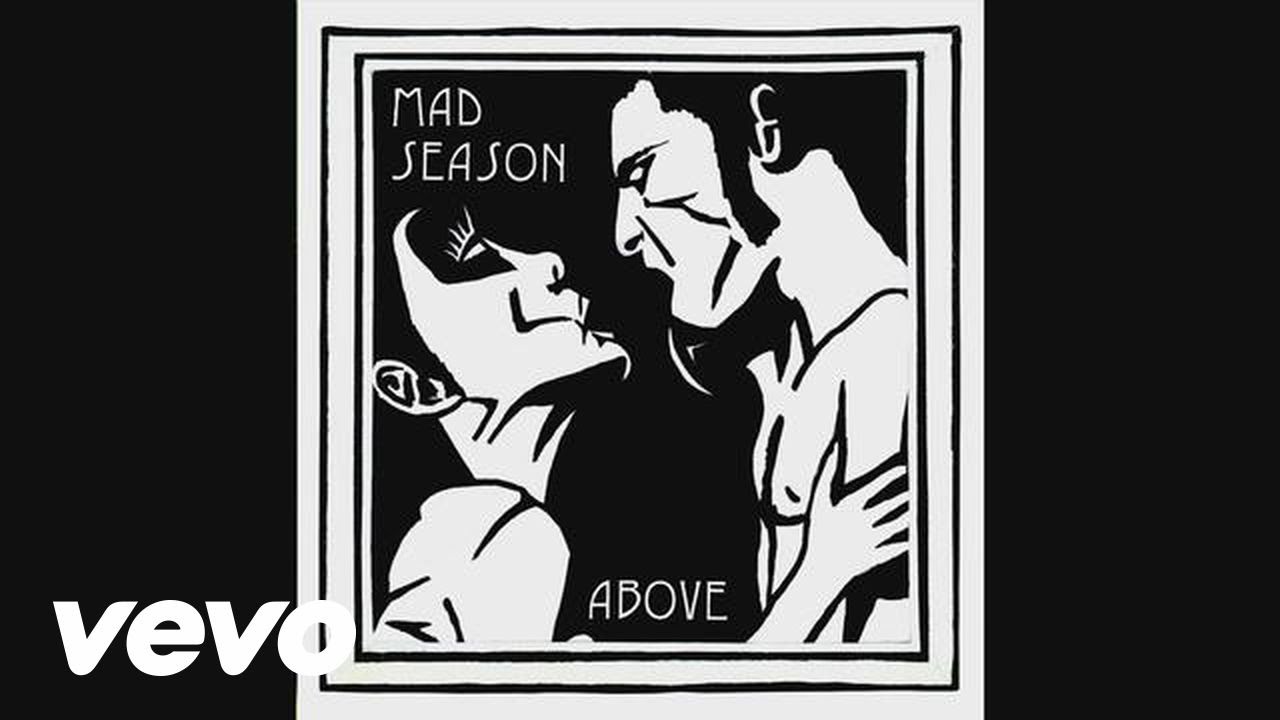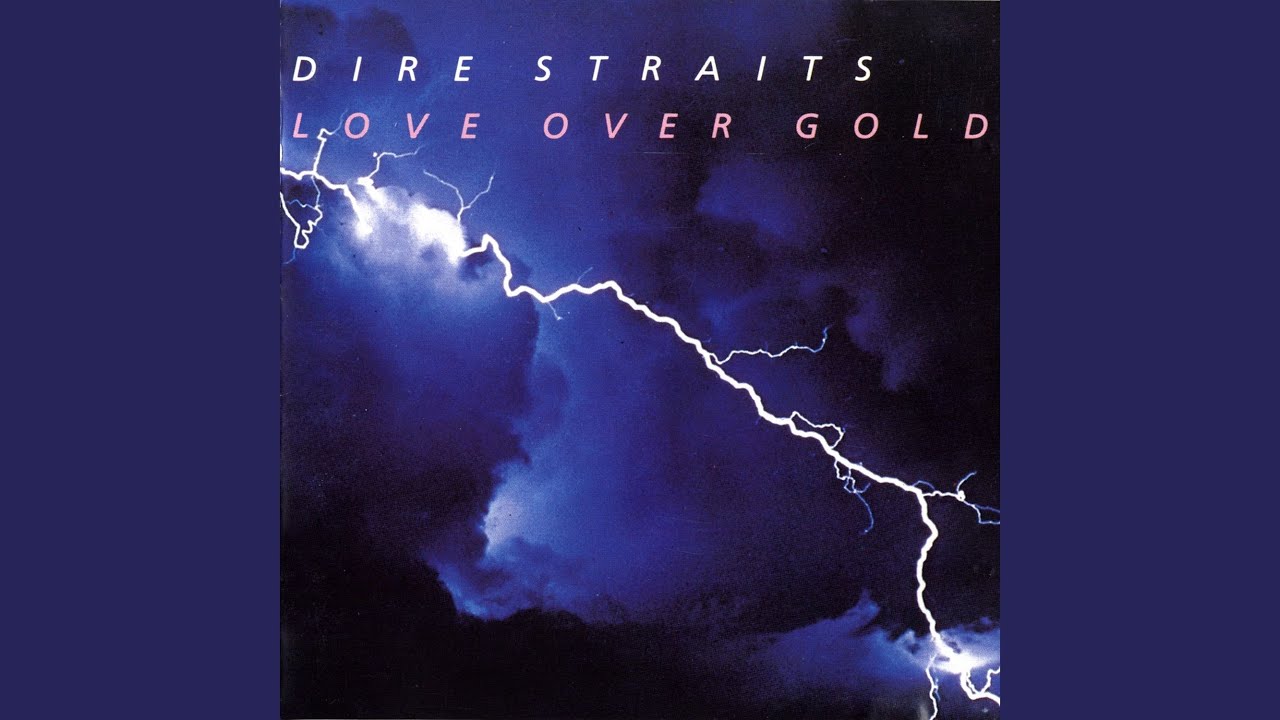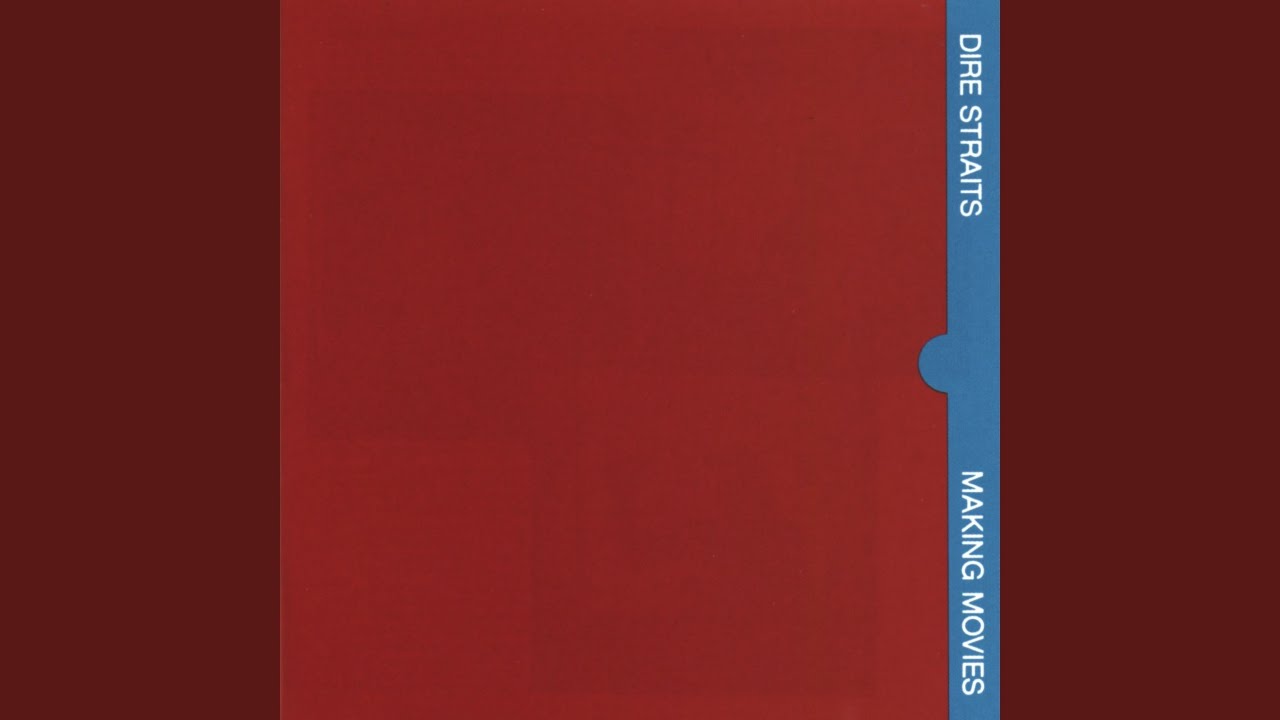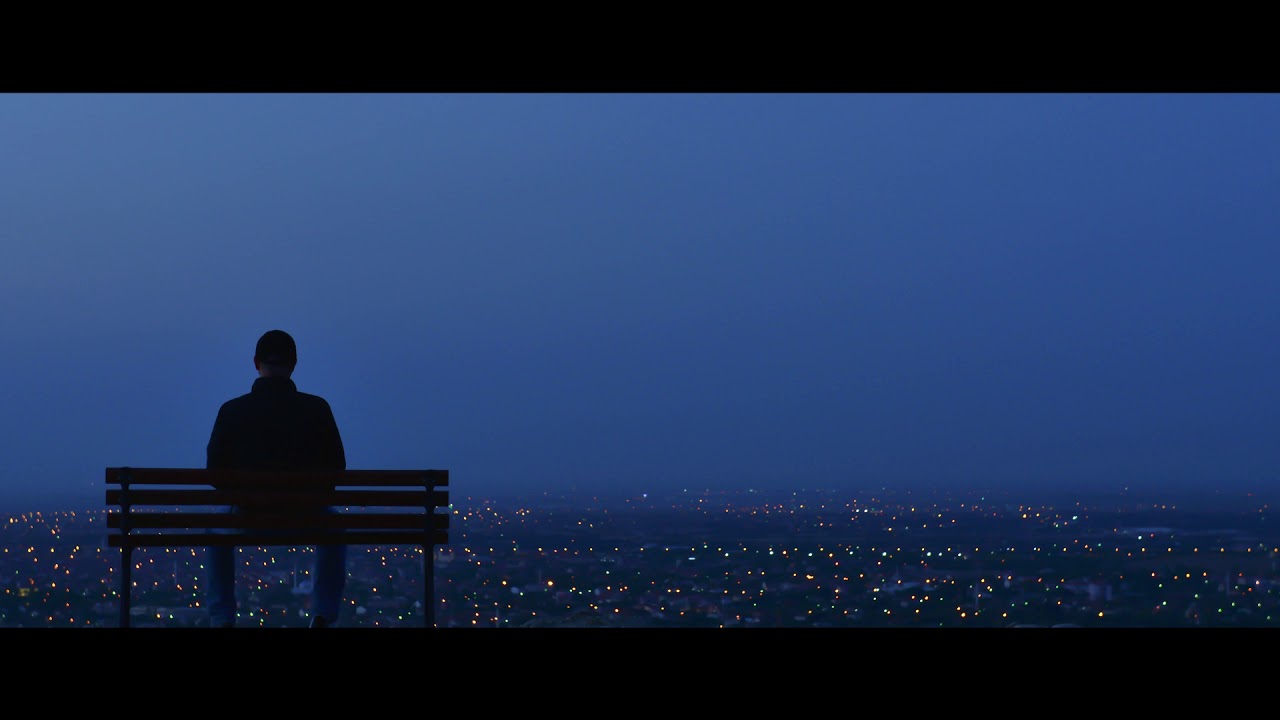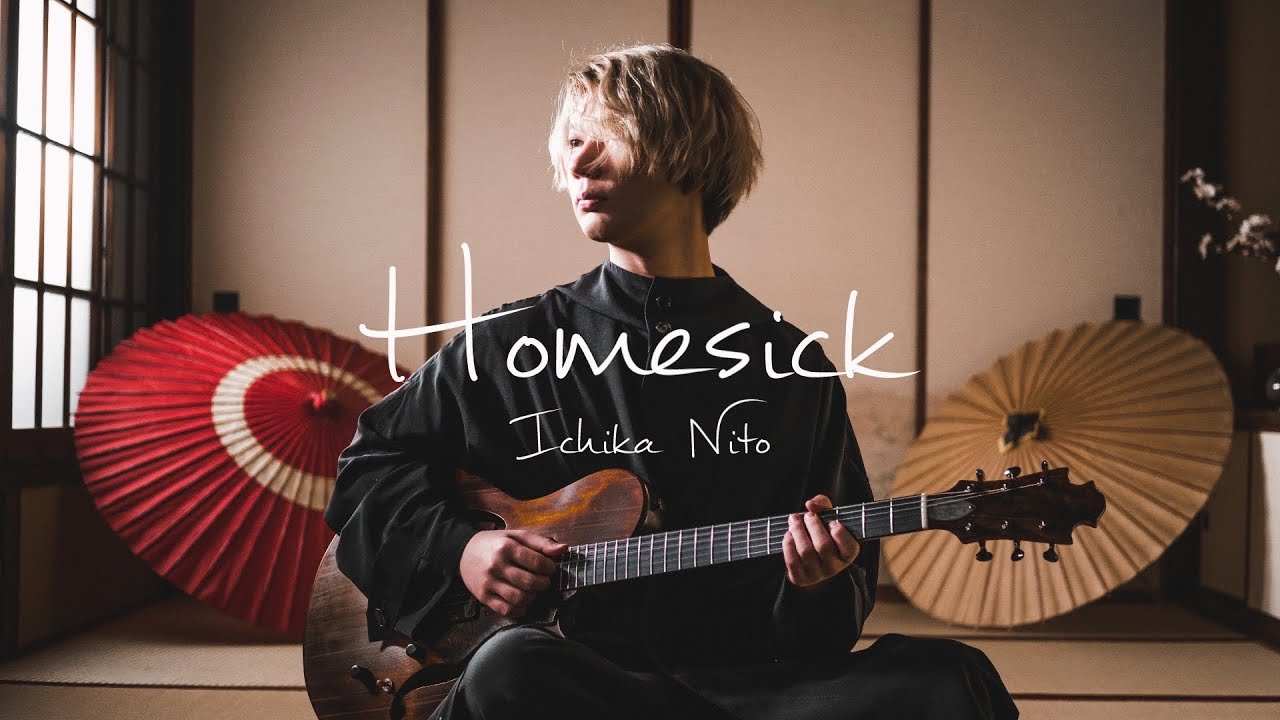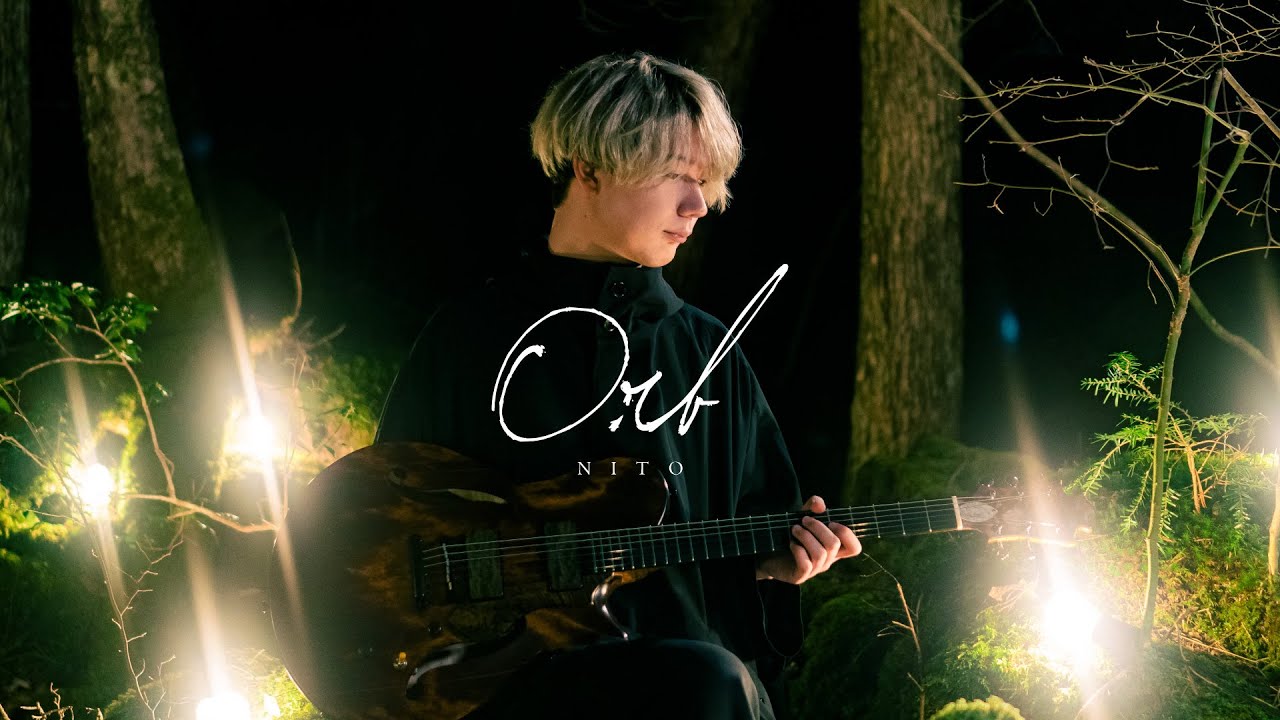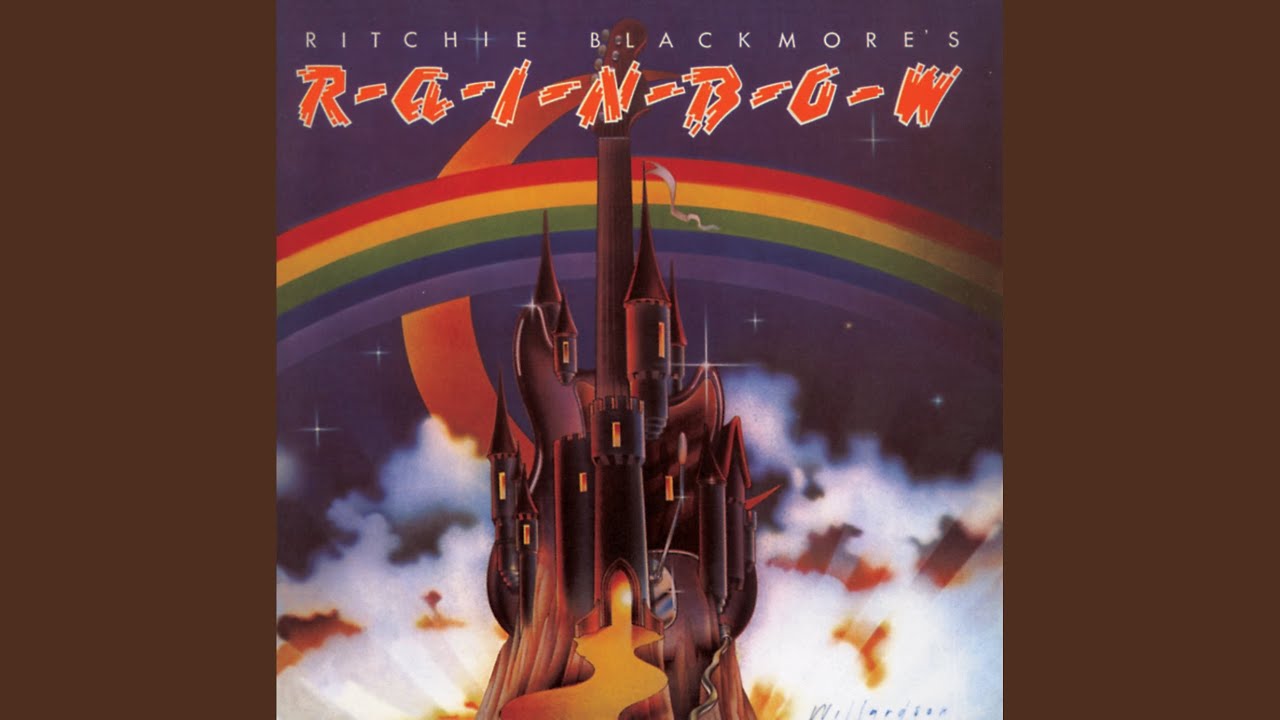Hi everyone!
Recently, I’ve been thinking about how I’m always fascinated by riffs/solos that seem to be somewhere “in between” an obviously chord-based style and mostly single note melodies, but I can barely remember any great examples off the top of my head. So, I figured, it would be nice to ask the community for good ones to remember and hopefully learn.
Not sure if I can get my point across well just with words, so I’ll try to do it more clearly with an example.
Think, say, Hendrix’s “Little Wing” intro. Once you try to play it, the underlying chordal structure becomes quite obvious. However, upon first listen it may seem (at least it sure did to me!) that there is some sort of magic going on with the switching between chordal and melodic playing (which essentially happens to be based on embellishments around the chords - but at first it sounds like more than this).
So - do you guys have any favorite examples of such riffs fluidly switching between chordal and melodic playing?
// just to be clear - I only picked Little Wing in hope that it’s a universally known example; I don’t mean to limit the topic to blues-rock or any other style!

